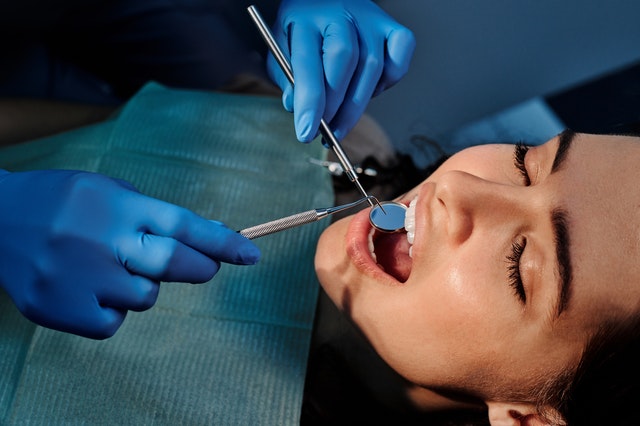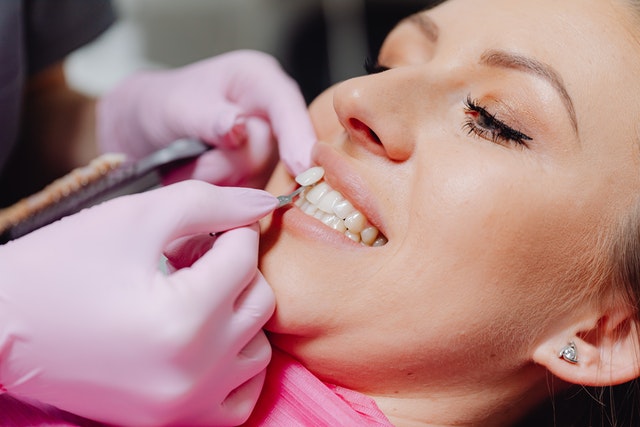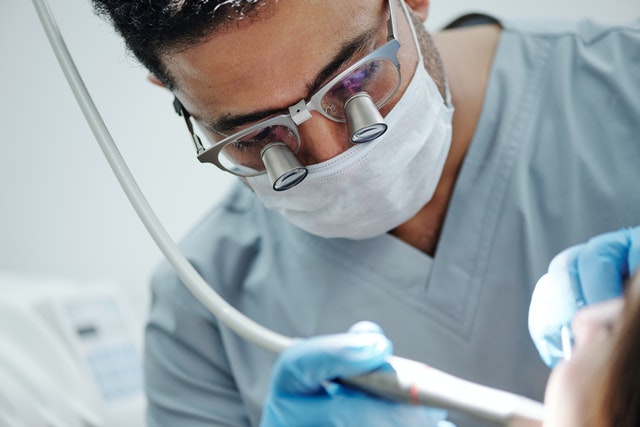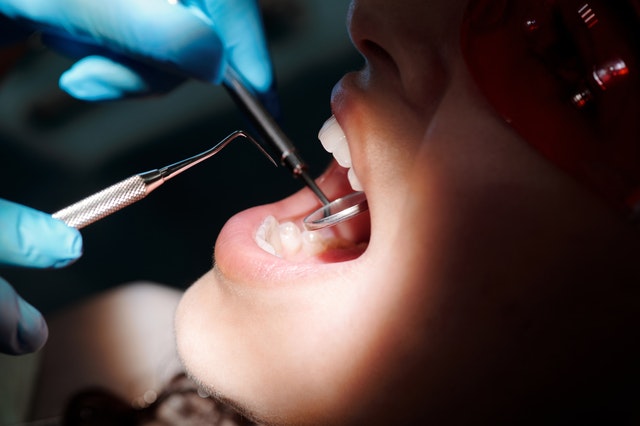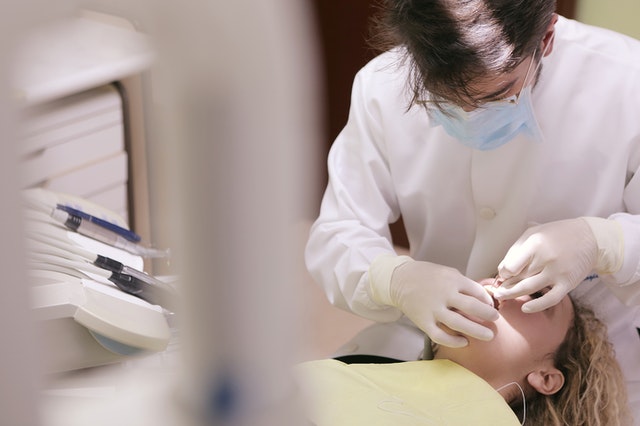Although permanent teeth are meant to serve you for the rest of your life, certain circumstances such as tooth decay, injury, gum disease, and teeth grinding may cause your teeth to get damaged. In some severe cases, you might lose your tooth. Damaged or lost teeth may affect your smile and make talking and eating difficult. In the past, you had to live with damaged and missing teeth. However, advanced dental technology has provided more options for restoring and replacing damaged and lost teeth. In this article, we discuss five tooth restoration options and explore when they are suitable.
Tooth restoration and replacement options
There are different tooth restoration and replacement options for lost or damaged teeth. The right choice of dental restoration will depend on the extent of damage to your tooth, the type of tooth, and the length of time you would like the restoration or replacement to serve you. The following are the various tooth restoration and replacement options:
1. Dental fillings
Dental fillings are most suitable when part of your tooth has been damaged because of cavities. Cavities may result from an influx of bacteria in the mouth, a diet containing highly sugary and acidic foods, poor oral hygiene, and one’s genetic vulnerability to tooth decay. Dental fillings can also be used to restore the shape and functionality of chipped, fractured, and worn-out teeth. To treat the cavity, your dentist will use a local anesthetic to numb the area around the damaged tooth, remove the decayed part of the tooth, and then use filling material to fill the hole in the tooth where the decayed portion was removed.
There are different filling materials that may be used to restore a damaged tooth; these include composite, gold, Amalgam, ceramic, and glass ionomer fillings. The filling your dentist will use will depend on the position of the tooth and the extent of damage to the tooth. If left untreated, cavities can extend to the pulp chamber of the tooth, leaving the pulp and nerves exposed to bacteria. This can lead to an infected tooth that may require a root canal—or in severe cases, extraction.
2. Dental implants
Dental implants are used to replace missing teeth. They can be used to replace a single tooth, several teeth, or an entire jawline of teeth. Dental implants are designed to imitate the appearance and functionality of natural teeth and their roots. This is important because extracting a tooth and its root may cause jawbone tissue deterioration since the jaw is no longer being stimulated.
A dental implant contains two parts: a titanium fixture that is integrated with the jawbone and duplicates the root’s function, and an artificial tooth that is attached to the fixture. A dental implant is surgically implanted in the jawbone and is allowed to fuse with the jawbone over a few months.
3. Dental crowns
Dental crowns are like tooth caps. They are used to completely cover teeth that have been damaged because of decay and injury. Crowns can be used to restore the appearance, shape, and functionality of teeth. They can be fabricated from different materials, including ceramic, composite resin, porcelain, gold, silver, and metal-fused porcelain, and your dentist can customize them to look and feel like your natural teeth. Compared to dental fillings, dental crowns will cost you more. With proper care, dental crowns can serve you for 5 – 15 years.
4. Dental bridges
A dental bridge is a false tooth that is held in place by adjacent teeth on either side of the gap. A dental bridge consists of two parts: a crown that is placed on the two adjacent natural teeth and a false tooth held in place with the crowns. Dental bridges help to restore the appearance and functionality of teeth. The false tooth, also referred to as a pontic, can be made from various materials. However, they are often made from ceramic or porcelain to imitate the color of natural teeth. Dental bridges are the more affordable option when it comes to replacing multiple missing teeth. The longevity of a dental bridge will depend on the overall oral hygiene and care of the teeth.
5. Dentures
Dentures are removable false teeth that act as replacements for missing teeth. They look and feel like teeth and their surrounding tissues. There are two types of dentures—partial dentures and complete dentures. Partial dentures may replace two or more missing teeth, while complete dentures are used when all the teeth are missing. In some cases, the dentist may have to pull your damaged teeth prior to fitting dentures in your mouth.
Are you looking for a dentist in Klamath Falls?
If you have any damaged or lost teeth, contact us at Klamath Smiles.
Our highly skilled and experienced dentists will provide you with comprehensive dental care to restore your smile and the functionality of your teeth.
Call us today at (541) 882-9039 or visit our website to schedule an appointment.

